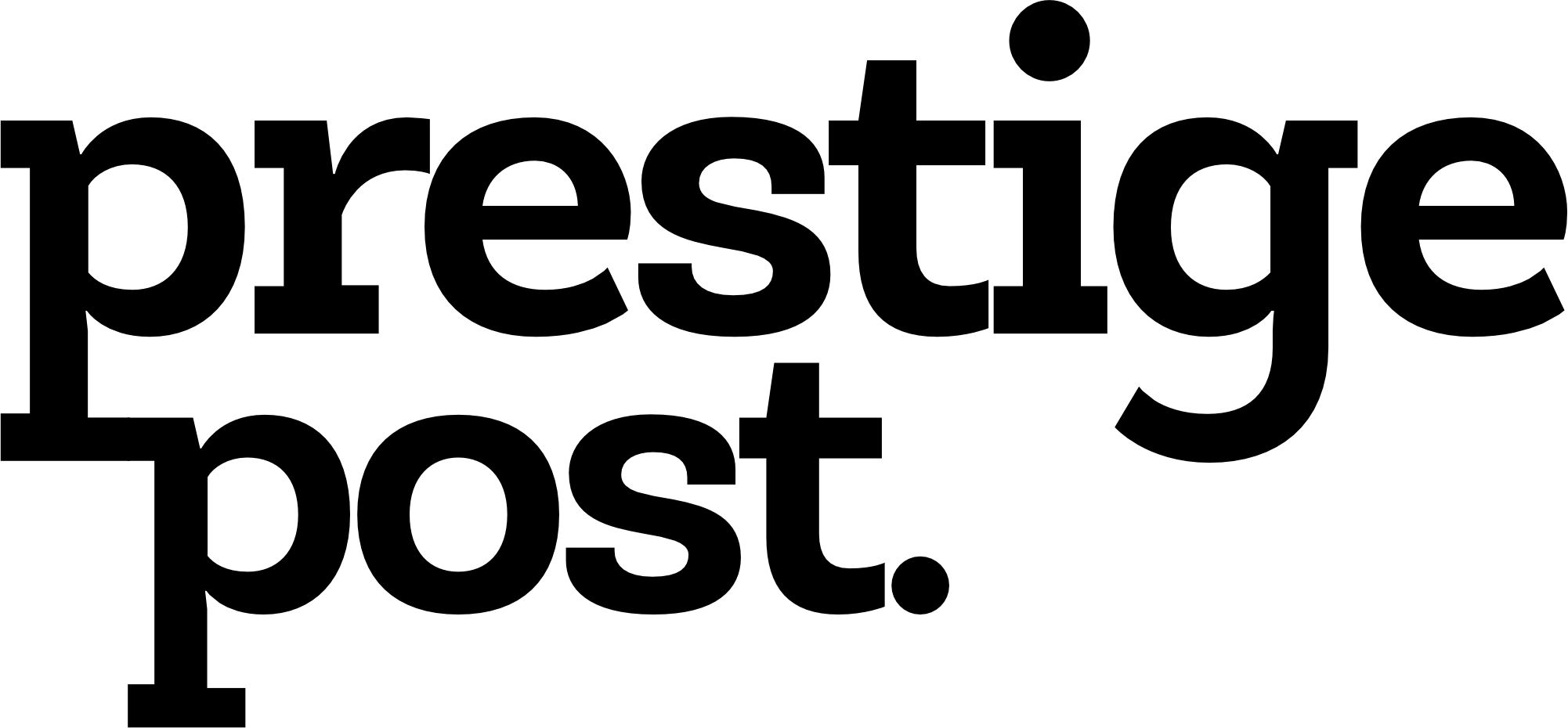New York — In a day marked by optimism and renewed investor confidence, Wall Street experienced a significant upswing on Wednesday, fueled by a combination of easing inflationary pressures and robust earnings reports from some of the nation’s leading banks. This potent mix of economic and corporate performance has reinvigorated markets, setting the stage for continued recovery and growth in 2025.
The Dow Jones Industrial Average surged by 703 points, or 1.65%, closing at 43,222. The S&P 500 gained 1.83%, while the Nasdaq Composite advanced 2.45%, reflecting a broad-based rally across major indices. The upward momentum came as investors digested the latest inflation data, which pointed to a slowdown in core price increases, and celebrated a series of record-breaking earnings from financial heavyweights.
At the heart of the market’s optimism was the December Consumer Price Index report, which showed a 0.2% monthly rise in core inflation, a marked improvement from previous months. On an annual basis, core CPI moderated to 3.2%, its first decline in months, while headline inflation edged up slightly to 2.9% from November’s 2.7%. These figures provided reassurance that inflationary pressures are beginning to ease, alleviating concerns about potential disruptions to the Federal Reserve’s monetary policy trajectory.
This favorable inflation data was complemented by a series of impressive earnings announcements from leading banks, underscoring the resilience of the financial sector. JPMorgan Chase reported an annual profit of $58.5 billion, the highest in its history, including $14 billion in net income for the fourth quarter alone. CEO Jamie Dimon highlighted the improved business sentiment, driven by expectations of a pro-growth policy environment and enhanced collaboration between government and the private sector.
Goldman Sachs reported fourth-quarter profits of $4.11 billion, more than double its performance from the same period a year earlier, while Citigroup’s $2.9 billion profit marked a significant recovery from a $1.8 billion loss in the fourth quarter of 2023. Wells Fargo also posted strong results, with a $5.1 billion profit for the quarter, reflecting a notable year-over-year increase. Meanwhile, BlackRock’s quarterly profit rose to $1.67 billion, bolstered by a record $11.55 trillion in assets under management.
The bond market mirrored the optimism in equities, with the 10-year Treasury yield declining in response to the inflation data. Lower yields provided additional support for stocks, as they make equities relatively more attractive. Analysts highlighted that further decreases in yields could create a favorable environment for continued equity market gains.
Despite the day’s gains, there is ongoing debate about the Federal Reserve’s next moves. While some economists, including Michael Gapen of Morgan Stanley, anticipate a potential rate cut in March, others, such as those at Bank of America Global Research, believe the rate-cutting cycle has reached its conclusion. UBS maintained a more neutral stance, suggesting that future rate cuts remain a possibility as inflation trends continue to evolve.
The energy sector also played a significant role in market movements. Brent crude surpassed $82 per barrel, while West Texas Intermediate crude briefly exceeded $80 per barrel, both reaching their highest levels since August 2024. These gains were partly driven by geopolitical factors, including new sanctions imposed by the Biden administration on Russia’s oil industry. While higher oil prices could contribute to renewed inflationary pressures, the broader market reaction suggested confidence in the underlying strength of the economy.
With additional earnings reports from Bank of America and Morgan Stanley on the horizon, the focus remains on how corporate performance and economic data will shape investor sentiment in the weeks ahead. The convergence of cooling inflation and robust earnings has set a positive tone for the start of 2025, offering a glimpse of potential resilience in the U.S. financial markets.









